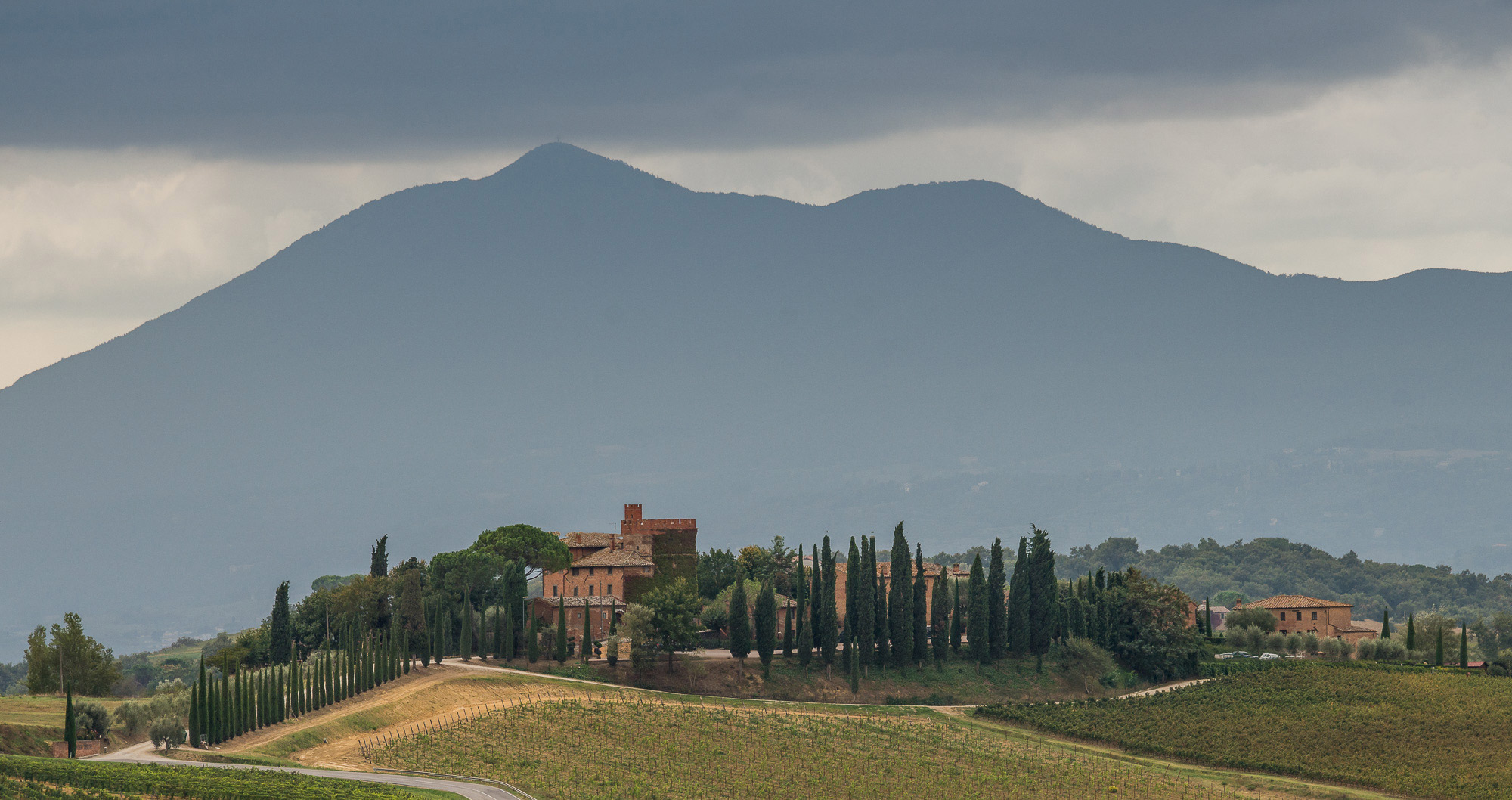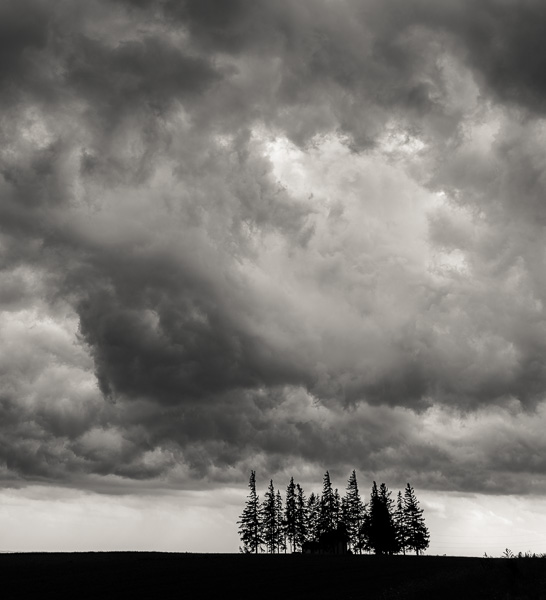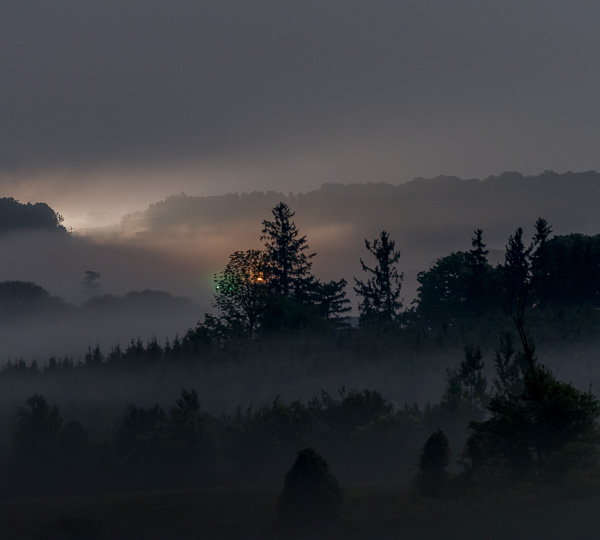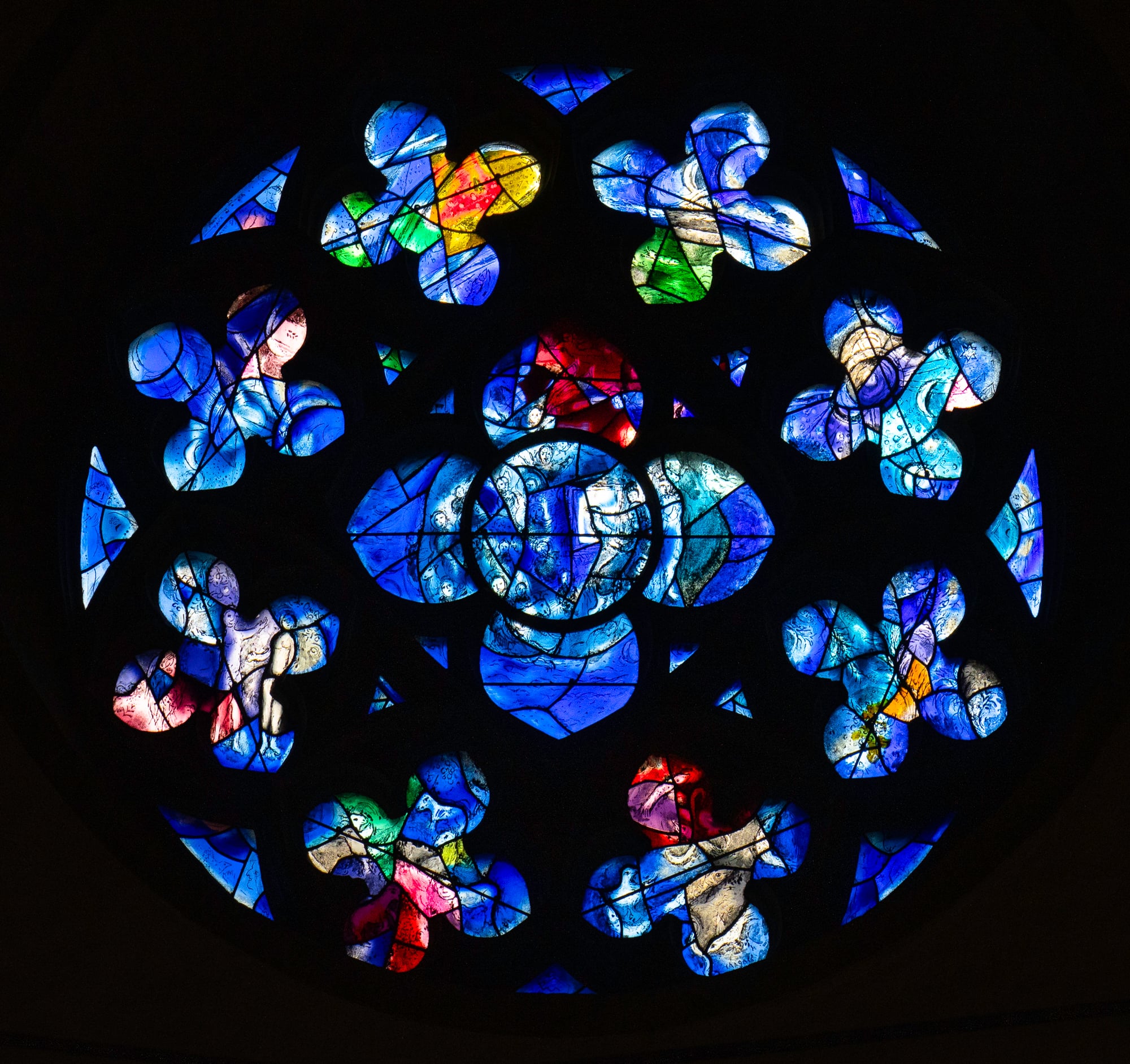I know that calling the newZeiss 135mm f/2 APO Sonnarthe world’s finest lens might be fighting words. But, there is so much photographic goodness wrapped up in this metal and glass device that it may well. At least I can write with absolute conviction that it’s the finest lens thatI’veever experienced.
I no longer do bench testing. A quick Google search though will provide you with quite a few competent optical test reports that attest to this lens’ remarkable abilities. Words likeastonishing,the sharpest lens ever tested,totally lacking in distortion and chromatic aberration, are all quotes from these reports. So, if you’re a numbers kind of person, search out these reports. They’ll give you a warm and fuzzy feeling. If you’re looking for a real-world use, hands-on type of report – read on.
By the way, in my opinion the best reviewer of lenses working today is Lloyd Chambers atDiglloyd. If you want in-depth technical reports on lenses, especially Zeiss, his subscription-only site is well worth the investment.
Background
If you’re not aware that Carl Zeiss is one of the world’s oldest and most highly regarded lens makers, well, now you know. You already did though, right? And their reputation continues to grow based on current products, not just their track record.
The 135mm APO, as I’ll call if from now on, is part ofZeiss’ ZE and ZF.2 lens lineforCanonandNikonDSLRs. These are full frame lenses in dedicated custom mounts and cost about $2,100. The same lens optically is also available in PL and EF mount for cine cameras, with focus and aperture controls more attune to the needs of cinematographers, for some $5,700.
The Have’s and the Have Nots
Let’s start with a discussion of what this lens does and doesn’t feature. There is no autofocus and there is no stabilization. Need one or the other? Buy something else. What you get instead is a lens made the way that they used to be made; sold metal and brass, ultra-smooth helical focusing mount, and in the case of this lens at least, near optical perfection. There is also a large metal lens shade provided.
The Nikon version has an aperture ring for use with older cameras, and a locking auto-diaphragm position for more recent models. TheCanon EFversion of the lens has its aperture controlled only from the camera itself.
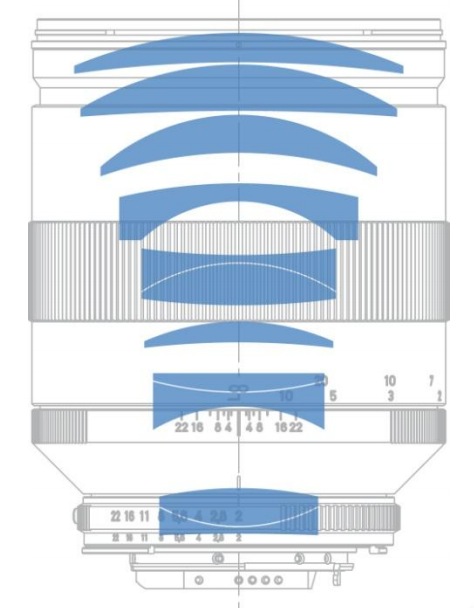
Apochromatic
The acronym APO, for aprochromatic, is much overused. Sigma, for one, is a serial offender. Their APO lenses are almost to a lens NOT fully APO corrected. TheZeiss 135mm APO, on the other hand, is not a pretender. This truly is an apochromatic lens, and my visual tests as well as observed lab reports shows this to be the case.
The obvious signs of chromatic aberration are purple fringing around dark edges against bright backgrounds, such as branches and leaves against the sky. Raw processing software does a very good job of cleaning up the worst offenders, but one needs to realize that if a lens is prone to CA, it will be there even when not blatantly visible. The lack of spectral coherence will add a slight “haze” to images that reduces contrast and therefore reduced MTF.
If MTF charts cause your palms to get hot and sweaty, below is the 135mm APO’s MTF chart at f/2. Enough said. Smaller aperture get a bit better, but not hugely. This is one of those rare lenses which performs in practice the way lenses should in theory. Wide open is optimum.
By f/5.6 this lens is at its best. Much beyond diffraction starts to to reduce image quality. I wouldn’t hesitate to use the 135mm APO wide open even for the most demanding situations, except for the shallow depth of field, which can make precise focusing problematic. That’s why I’m tempted to stick to f/5.6 when at all possible. It straddles the line between optimum performance and adequate DOF for focusing.
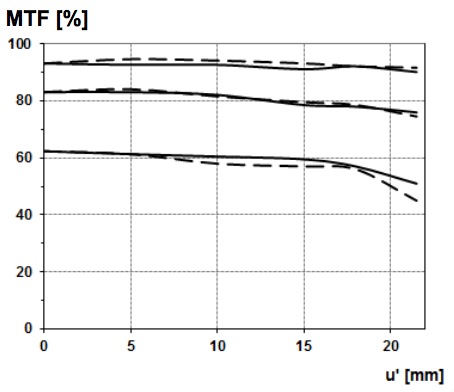
135mm Zeiss f/2 Sonnar MTF at f/2
My tutorial –Understanding MTF– might be helpful if this is so much Greek to you.
The Beauty of f/2
Most lenses are pretty good closed down a couple of stops. In fact most can be termed excellent at f/5.6 or f/8 if they start between f/2.8 and f/4. Anecdotally, I took the 135mm f/2 lens and spent a half day doing both landscape and studio shots with a variety of lenses covering the 135mm focal length. Every one – they are all first rate lenses – produced almost identical results. At f/5.6 there was little to choose between them.
Wide open though is another matter. For some “wide open” was f/2.8 while for others f/4. At these apertures the differences become apparent. The135mm f/2 Zeissisn’t even breathing hard at these apertures., while the others all showed issues.
Theoretically, a lens should perform at its best wide open. But, that’s theory and almost never the case in the real world. The new Zeiss 135mm is one of the few lenses I’ve ever heard of, or experienced, that performs close to it’s theoretical best is that wide open, which in this case is at f/2.
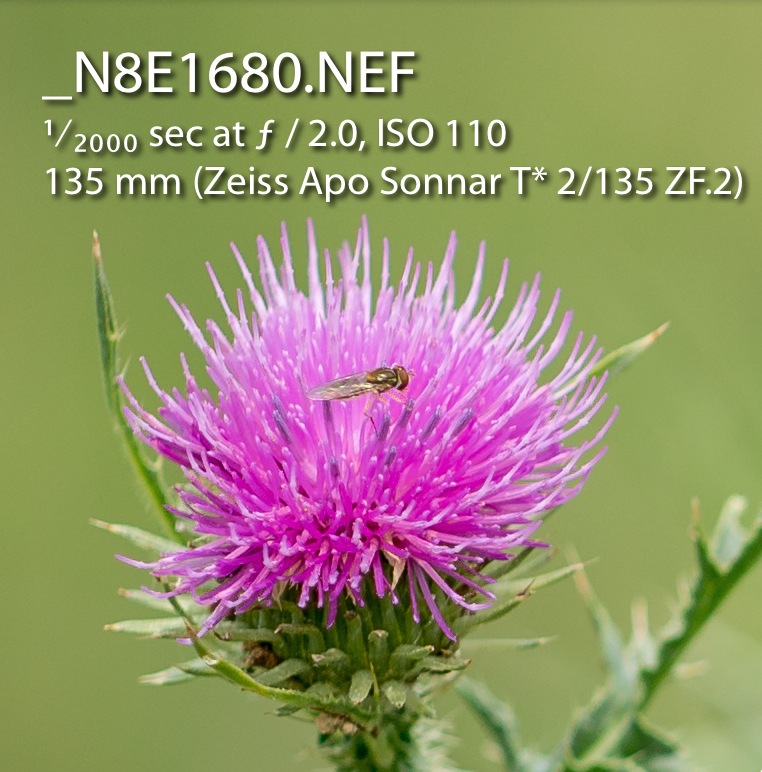
From a practical perspective this means great resolution and also extreemly shallow depth of field. If your subject can handle it, f/2 produces some lovely close focus images with extraordinary detail and pleasant boke.
In Summary
There are OK lenses, great lenses, and then there are spectacular lenses. As a collector of lenses which I feel will enhance my work I’m always on the lookout for something special. It’s not always raw IQ. Sometimes is small size, sometimes wide aperture or a specific focal length. Often it’s lenses that lack perfection; ones where their aberrations add character.
But in the case of theZeiss 135mm f/2 APO Sonnarwe have a lens that appears to be as close as possible to optical perfection; at least that level which can achieved at prices that someone other than NASA can afford. No, this lens is not perfect. What is? But whenever I shoot with it (which is as often as I can) I know that I am going to get results that are only limited by my own abilities.
August, 2013
Read this story and all the best stories on The Luminous Landscape
The author has made this story available to Luminous Landscape members only. Upgrade to get instant access to this story and other benefits available only to members.
Why choose us?
Luminous-Landscape is a membership site. Our website contains over 5300 articles on almost every topic, camera, lens and printer you can imagine. Our membership model is simple, just $2 a month ($24.00 USD a year). This $24 gains you access to a wealth of information including all our past and future video tutorials on such topics as Lightroom, Capture One, Printing, file management and dozens of interviews and travel videos.
- New Articles every few days
- All original content found nowhere else on the web
- No Pop Up Google Sense ads – Our advertisers are photo related
- Download/stream video to any device
- NEW videos monthly
- Top well-known photographer contributors
- Posts from industry leaders
- Speciality Photography Workshops
- Mobile device scalable
- Exclusive video interviews
- Special vendor offers for members
- Hands On Product reviews
- FREE – User Forum. One of the most read user forums on the internet
- Access to our community Buy and Sell pages; for members only.








